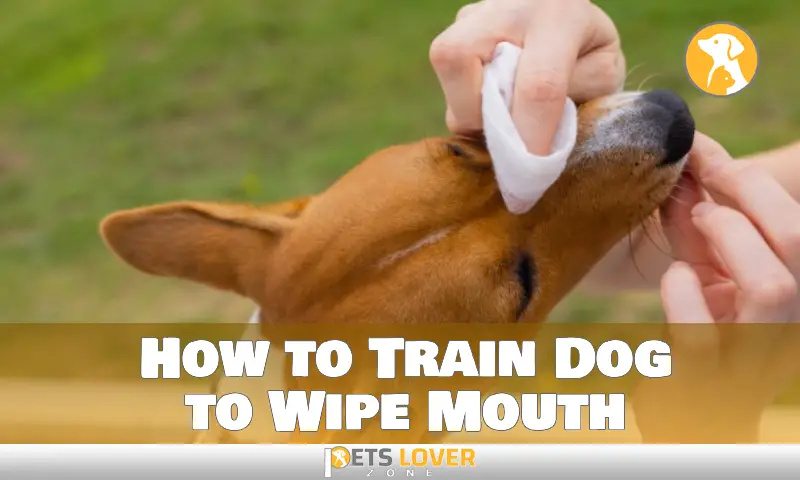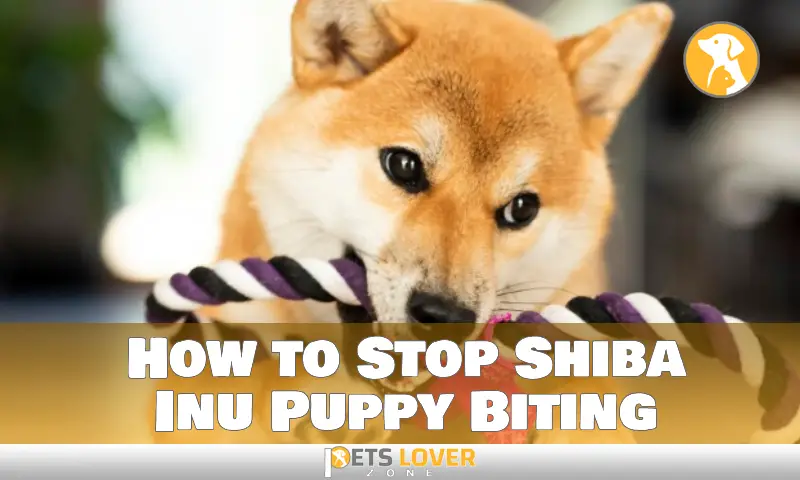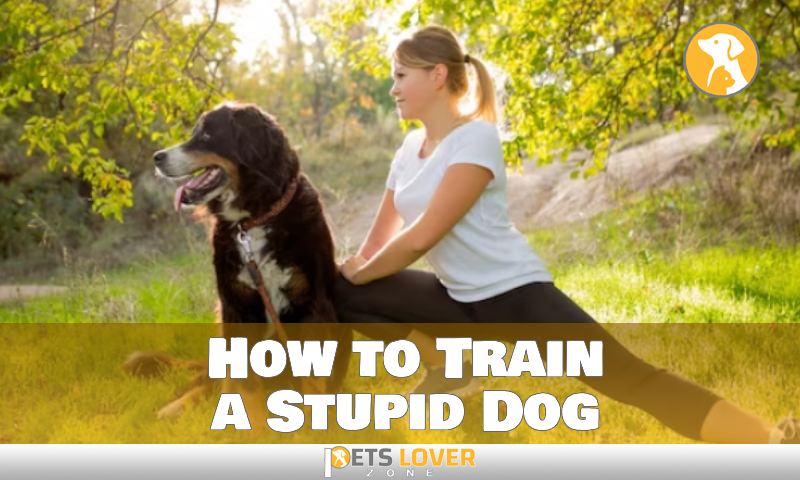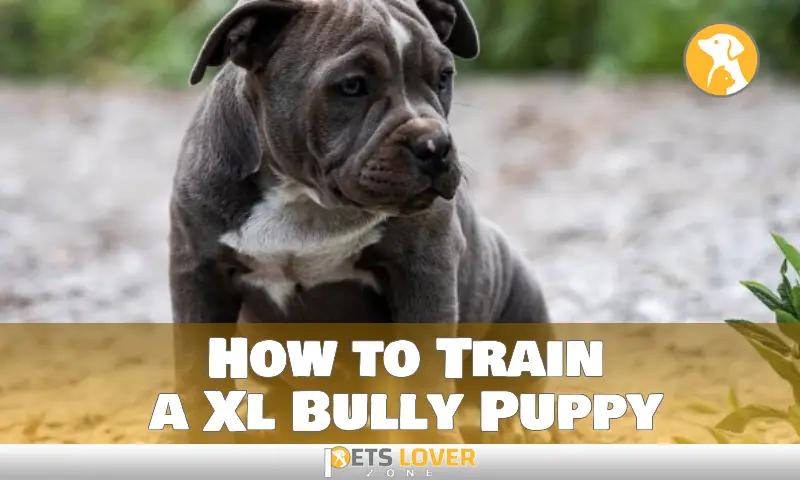A lab puppy’s endless enthusiasm and sheer exuberance can be endearing, but it can also be frustrating when it causes them to jump up on people and furniture. But don’t worry, with the right training and patience you can teach your pup to stay on all fours.
Training your lab puppy not to jump is an imperative part of becoming a responsible pet owner. Luckily, there are a variety of effective techniques that you can use to quickly teach your pup the correct behavior. From positive reinforcement to redirection techniques, there is plenty of guidance available to help you out.
This guide will provide you with an overview of how to train a lab puppy not to jump, using the ‘Go Chewy’ method. We’ll explain why this approach works so well, provide step-by-step instructions on getting started and discuss some other tips that will help you along the way. Read on to learn how easy it can be to train a lab puppy not to jump.
Defining the Problem: Why Puppies Jump
Puppies jump for many reasons and it can be hard to understand why. The biggest reason for an untrained puppy jumping is their natural instinct to gather information. Your pup may be trying to smell your face or simply just get her nose close enough to figure out what’s going on.
Jumping can also come from a desire to get attention, since they’re probably not getting enough love. And, if they think they will be rewarded afterward, it can also encourage your pup to jump up in anticipation of a treat or toy.
Overall, it’s important to have patience when dealing with this behavior. It takes time and consistency for your pup to learn what behaviors are appropriate and which ones aren’t and no matter how frustrating it may seem, remember that this is all part of the learning process.
Understanding Positive Reinforcement Training
Positive reinforcement training (PRT) is a type of training that encourages behavior change in animals by rewarding desired behaviors. It works by stimulating the dog’s brain and reinforcing positive behavior with treats or rewards, instead of punishing for wrong behavior.
PRT has been found to be one of the most effective means of training and can be used to address a variety of behaviors, such as jumping. The underlying principle behind PRT is that behavior that is rewarded will be repeated, while behavior that is not rewarded will eventually be forgotten.
When your dog starts to become overexcited or begins biting, one of the best strategies is to offer distractions. Simply giving them a chew toy can accomplish this. If your dog is overtired, which is one of the most typical reasons of puppy biting, you can also provide a toilet break.
Create a Safe, Distraction-Free Training Space
To ensure your Lab puppy understands what you are teaching them and that your commands are being heard and followed, it is important to create a safe, distraction-free training space. Natural light can help with this process by providing an inviting space that calms the pup and helps them to focus on the task at hand. Additionally, clutter can be a major source of distraction, so it is important to keep the area clean and orderly during training.
A dedicated learning space also allows for a more consistent approach to training your pup. This can help people with all abilities and backgrounds be successful in their training. For example, those with sensory issues or other challenges may appreciate having a quiet place where they won’t be disrupted by noise or interruptions. With structured guidance and consistent reinforcement, even puppies with challenging behaviors can learn how to stop jumping when properly trained in an appropriate environment.
Split Training Into Short Sessions
If you’re looking to train your lab puppy not to jump, there are a few training methods that you should consider. One approach is splitting the training sessions into shorter workouts that provide similar benefits to longer workouts.
Split training, which effectively divides the workload into shorter, more concentrated sessions, can help shorten the amount of time spent in the gym. This will not only benefit your lab puppy in the long run, but it will also help them stay focused throughout each training session.
Moreover, working out twice a day can also be beneficial as it enables you to split the same workload between both sessions while allowing your lab puppy to take on rest days. This allows them to recover in between workouts, so they don’t become overwhelmed or lose motivation during their training.
Teach Positive Alternatives – Sit & Down!
In addition to negative reinforcement, teaching positive alternatives like ‘sit’ and ‘down’ can help discourage your pup from jumping. Working with treats can be an easy way to reward the pup when it follows your commands.
Start by holding a treat above the pup’s nose – its eyes will follow, and its bottom will lower into a sitting position. As soon as the pup is in a sitting position, reward it with the treat and verbal praise. You can also repeat “sit” while holding the treat above the dog’s head – this helps it to associate the word with that action.
The same technique works with “down”, except you’ll take the treat from their nose back and down along their chest until their front paws are fully extended, lying flat on the ground. As soon as your pup is in that position, reward them for following instructions and provide verbal praise.
Training your Lab puppy not to jump requires patience and consistency – but with enough practice, you’ll have a well-behaved doggy in no time.
Reward Desired Behaviors and Redirect Unwanted Ones
Puppy training is similar to any kind of training – positive reinforcement will encourage and reward the behaviors you want to see, while giving appropriate redirections can help your pup learn not to engage in those that aren’t desired.
Instead of yelling or reprimanding your dog when they exhibit undesirable behaviors, such jumping, gently draw their attention to an action you find acceptable. For instance, if they jump on someone, tell them to “Off” and then point them in the direction of a toy or activity. Give them lots of praise when they stop jumping and start participating in an acceptable activity. They will learn from this that participating in positive activities will result in rewards.
You can also use redirection for pre-empting unwanted behaviors – if you notice your pup getting excited or starting to jump around when someone comes over, try redirecting their focus by offering them a chewy treat or toy before they get too hyper. This way they learn that good behaviors will be rewarded without ever having an opportunity to demonstrate the wrong ones.
People Also Like: How to Train Your Lazy Puppy to Be an Active Dog
Conclusion
In conclusion, training your Lab puppy not to jump takes time, patience, and consistency. By employing a few simple techniques, you can help your puppy understand that jumping on people is unacceptable behavior. This includes redirecting your puppy’s attention to an appropriate toy or activity, like a Chewy treat or interactive toy, when they attempt to jump. Together with proper posture, positive reinforcement, and reward-based training, you can teach your Lab puppy not to jump and help them become a well-behaved, obedient pet.






